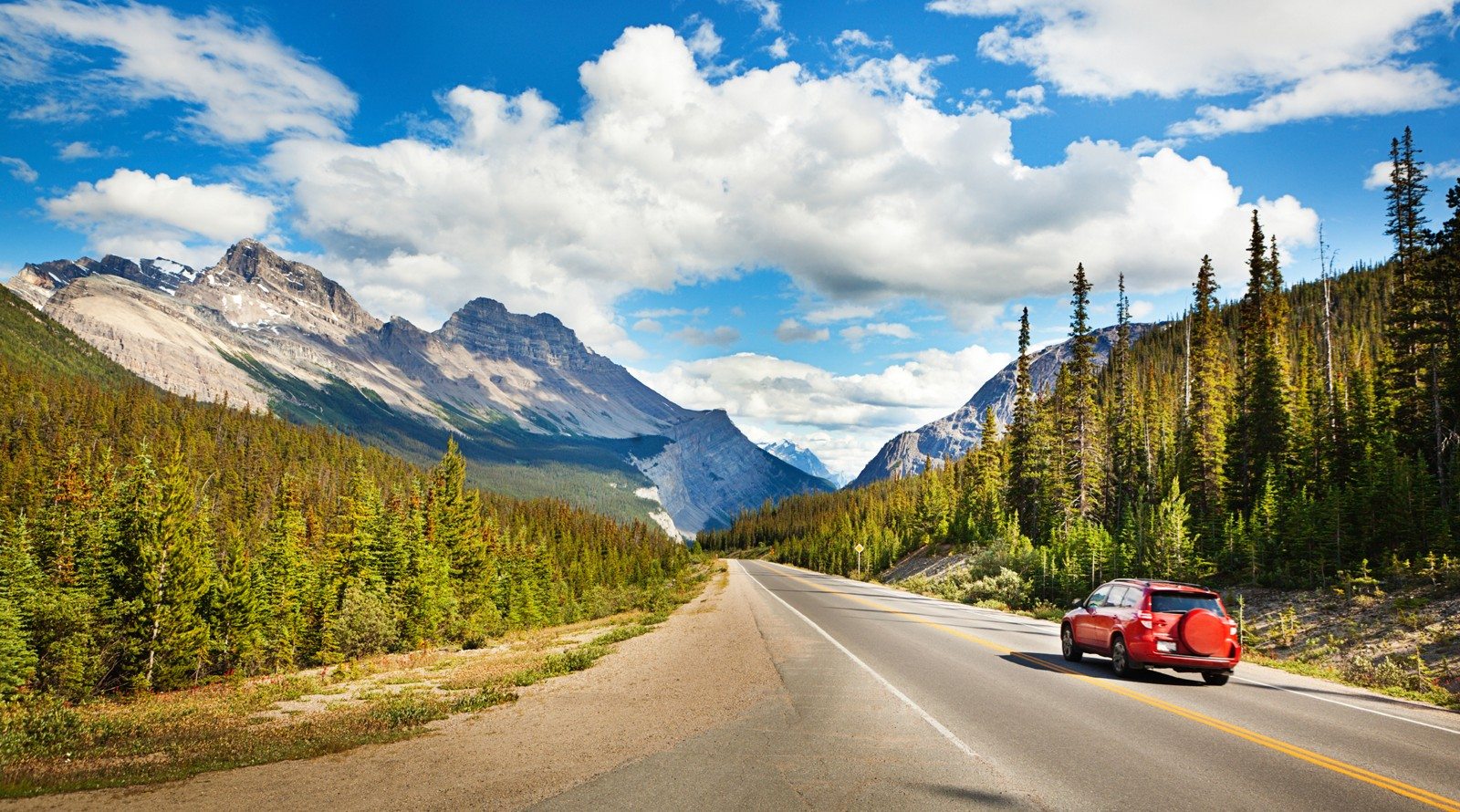“The three-second following distance doesn’t necessarily apply because there’s no one here,” jokes AMA member Andrea Milligan when asked to describe what it’s like driving in the Peace River region.
It’s a lighthearted, yet serious comment that highlights the increased risk of highway driving. About 68 percent of fatal collisions in Alberta occur on rural roads, a statistic Milligan knows all too well. It doesn’t matter if there are other vehicles on the road—there are still hazards. “I’ve had friends killed in wildlife collisions. It’s a fact of life for those of us who drive out here,” she says. “You have to be just as attentive on rural roads as you are when driving in the city.” Milligan constantly scans the road and shoulders for animals. “I don’t often drive without seeing something—deer, moose, coyotes, even bears on the side of the road.”
Naturally, rural driving presents an increased risk of serious injury in a collision due to the high speeds at which vehicles are travelling. Wildlife, driver fatigue, merging and lane changing are other hazards to be mindful of. “I see a lot of drivers not merging properly, not building up speed so they can safely merge onto the highway.” An even worse scenario is stopping at the end of the on-ramp. Not only does the stopped motorist have to get up to speed with less room, but so do the other vehicles stopped behind.
While Milligan can’t control other motorists or wildlife, she can control her own behavior. She avoids driving when she’s tired. Driving while fatigued slows down your reaction time, decreases awareness and impairs judgment. Often, she has to drive five hours one-way to Edmonton for early morning medical appointments. If she finds herself getting tired, she pulls over at a rest area and takes a nap until she’s rested.
In town, there are different things to pay attention to, similar to driving in a larger urban centre. On a regular basis she sees motorists blow through playground zones, cars rolling through stop signs and drivers not wearing seat belts. “Rural drivers are sometimes a bit more relaxed because there’s less traffic around, but that shouldn’t make a difference.” Drivers should obey the rules and drive safely no matter where they are.
RURAL RADAR
Whether you’re driving on a busy city street or a quiet country road, stay alert and follow the rules of the road. Safeguard your drive through rural areas by doing these simple things.
Obey speed limits: Most Canadians know speeding is dangerous, yet they don’t heed their own advice. Seven in 10 Canadians admit to speeding, particularly when driving on a highway. Speeding slows down reaction time, increases collision severity and consequently increases your risk of injury. The next time you’re thinking of tearing up the highway, remember speeding is one of the leading causes of death on Alberta roads. Obey the posted speed limits; it could be a matter of life and death.
Buckle up: Here’s a scary stat: although more than 95 percent of motorists across the country use seat belts, about 40 percent of drivers and passengers killed in collisions were not wearing seat belts at the time of the crash. Seat belts help restrain your head and body in a collision, and prevent your body from getting ejected through the windshield or vehicle door. Buckle up properly, making sure your belt fits over your chest and shoulder.
Stop completely: About 8 percent of collisions on Alberta roads involve stop sign violations. Besides being located at intersections where roads or highways cross, stop signs are placed where extra hazards exist such as heavy traffic or limited visibility. Merely just slowing down, and not coming to a full stop, is a dangerous habit; and can lead to a collision or fatality.
